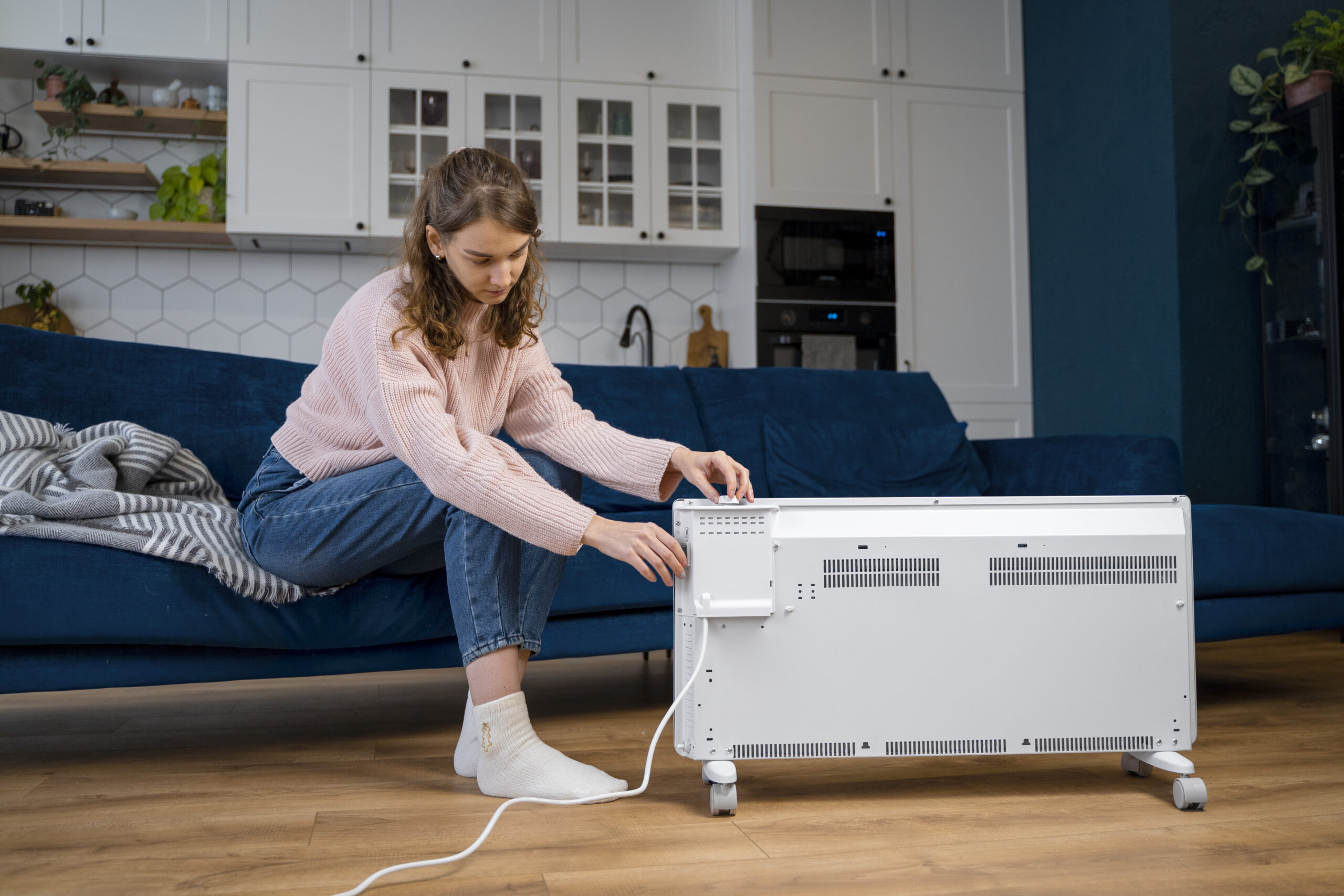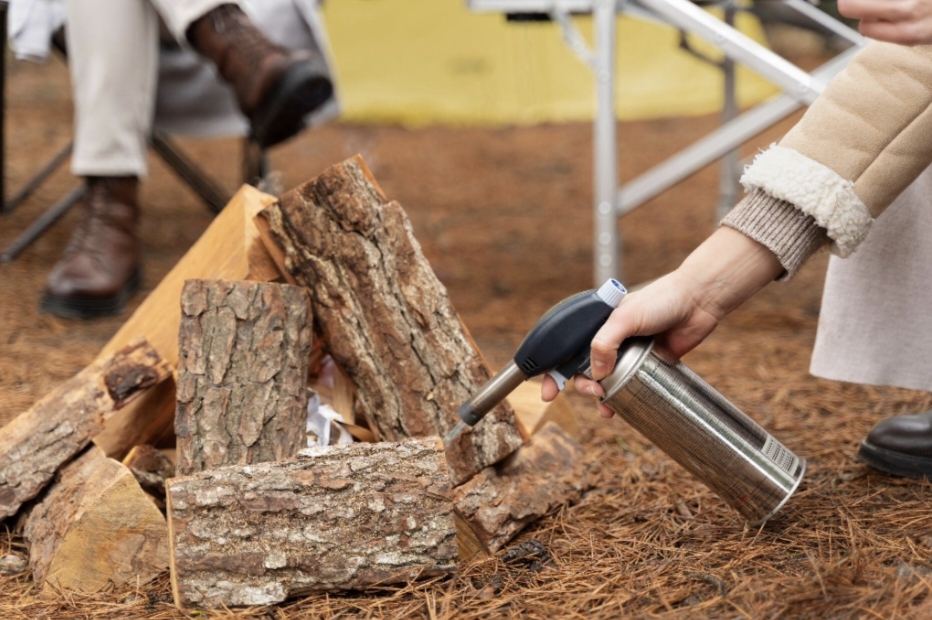Post Preview
Key Takeaways
- Understanding load capacity is crucial for caster selection.
- Wheel material should match the floor type and environment.
- Consideration of operating conditions enhances caster performance.
Table of Contents
- Understanding Load Capacity
- Choosing the Right Wheel Material
- Considering Floor Type and Environment
- Selecting the Appropriate Mounting Type
- Factoring in Movement and Braking Needs
- Special Considerations for Extreme Conditions
- Maintenance and Best Practices
- Conclusion
Casters play a pivotal role in facilitating the seamless movement of equipment, carts, and furniture across a wide range of industries. Selecting the best option can ensure efficiency, safety, and the long-term durability of your gear. Whether you’re transporting medical carts in a hospital or maneuvering industrial racks in a warehouse, the right heavy duty wheels can make all the difference in operational performance and equipment life.
Failure to choose appropriate casters can lead to premature damage not only to the wheels themselves but also to the flooring and equipment, potentially resulting in unsafe working conditions. Understanding the key factors behind caster selection helps you match products to your specific requirements, balancing considerations such as load, environment, movement needs, and more.
Understanding Load Capacity
Knowing how much weight your casters need to support is the foundation of effective selection. Always calculate the full weight of the equipment or cart, including its maximum load, then divide this sum by the total number of casters to determine the required load rating per wheel. For added safety, industry best practice is to increase this figure by about 25%. For instance, a rolling cart weighing 400 lbs with an additional 600 lbs of cargo equals 1,000 lbs. Distributed across four casters, each needs to handle at least 250 lbs. When factoring in a 25% safety margin, look for casters rated for minimally 312 lbs each. Properly rated casters protect both personnel and floors against unforeseen accidents.
Choosing the Right Wheel Material
The wheel material you select directly influences how the caster performs, how it impacts floors, and how it withstands environmental factors. Common wheel materials include:
- Polyurethane: These wheels offer excellent durability, protect floors from damage, and are ideal for a wide range of applications, from office chairs to warehouse carts. For more insight into issues like unstable or faulty wheels, see this CNN article.
- Rubber: Moves quietly with firm grip and cushioning, but typically wears out faster under heavy loads.
- Steel or Cast Iron: Handles the toughest loads but may scratch or damage softer flooring. Ideal for rugged industrial environments.
- Nylon: Lightweight, non-corrosive, and moisture resistant—ideal for wet or food service environments.
Considering Floor Type and Environment
Matching wheel material to floor conditions ensures both maintenance savings and safety. Some guidelines include the following:
- Concrete or Tile: Polyurethane and soft-rubber wheels absorb vibration and help prevent damage to the flooring.
- Uneven or Outdoor Surfaces: Pneumatic (air-filled) wheels are recommended to help absorb shocks over rough ground or gravel.
- Cleanrooms or Food Prep Areas: Non-marking wheels, often made of specialized rubber or polyurethane, are critical for maintaining hygiene and preventing residue.

Selecting the Appropriate Mounting Type
Caster mounting style affects not only installation ease but also long-term stability. Key mounting types include:
- Plate Mount: Square or rectangular steel plate secured with four bolts; best for heavy-duty or industrial loads that require even distribution and strength.
- Stem Mount: A single-threaded or smooth stem inserted into a compatible socket, best suited for furniture or light equipment for quick changes or repairs.
- Expanding Adapter: Designed for tubular frames or legs, expanding to fit snugly and give mobile capability to tubular carts or racks.
Consider installation needs and load requirements together when choosing a mounting style.
Factoring in Movement and Braking Needs
Think about how you need the equipment to move—and how securely it needs to stay in place. Common caster types and braking mechanisms include:
- Swivel Casters: Allow carts to turn and navigate tight spaces easily.
- Rigid Casters: Ideal for stability and straight-line travel.
- Total Lock Casters: Secure both the wheel and the swivel bearing, providing maximum safety when equipment must stay stationary.
Pairing the right movement style with brakes enhances safety, especially in settings like factories or medical facilities where secure stops are critical.
Special Considerations for Extreme Conditions
Certain industries require casters to withstand corrosive chemicals, high humidity, or temperature extremes. In these cases, stainless steel housings, high-temperature grease, or wheels designed for chemical resistance are best. Typical applications include food processing, autoclaves, cleanrooms, or environments exposed to acids and solvents, ensuring both function and regulatory compliance over time.
Maintenance and Best Practices
To keep casters performing safely, schedule regular inspections for signs of wear, corrosion, stuck wheels, and debris buildup. Lubricate bearings as per manufacturer instructions, tighten mounting hardware, and promptly replace damaged casters. Well-maintained casters reduce the risk of workplace injuries and prolong equipment lifespan, creating a safer and more productive environment.
Conclusion
Choosing the correct caster involves carefully assessing load capacity, wheel material, mounting style, and environmental conditions. By following best practices and consulting reliable resources, you can select casters that support efficiency, equipment longevity, and workplace safety for any application.




